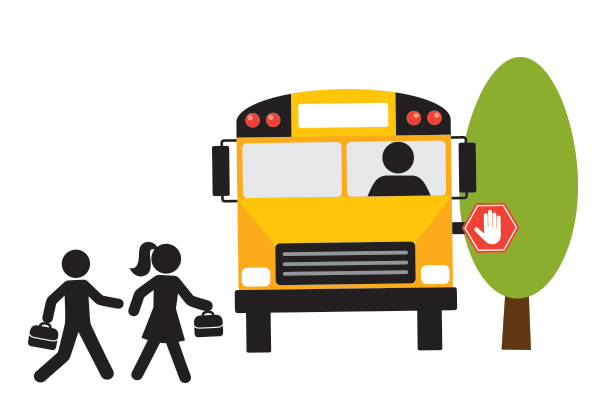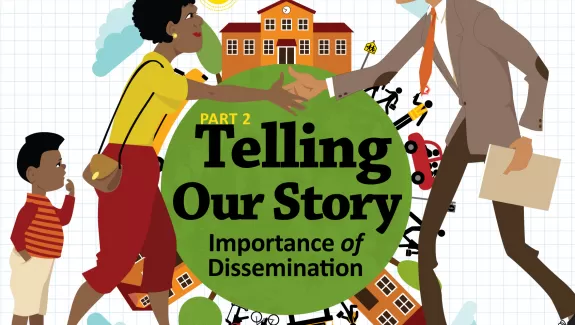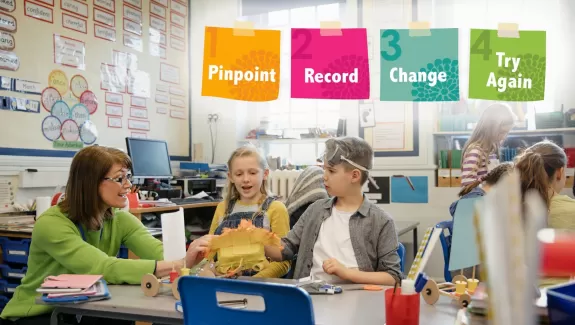
Telling Our Story: BCBAs in Schools
BCBAs have an increasingly visible presence in public schools. While most work with special education populations, many still make their way into general education classrooms (inclusion, conducting FBAs). With improved funding for and awareness of behavior analytic services, each classroom becomes an avenue for impact. School-based BCBAs are not a new idea, but dissemination capacity at the individual professional level still needs work.
Beyond Behavior Reduction
Often, BCBAs are called to fix the problem behavior of an individual student or address overall classroom management. In both cases, management only accounts for half of effective schooling, leaving the other 50 percent—instruction—untouched. Influencing teacher instruction and classroom management can make a world of difference for every child. Freshly-minted school-based clinicians should consider two repertoires that can maximize their impact: applying contingency analysis broadly and using storytelling to communicate with others.
 Contingency Analysis in Schools
Contingency Analysis in Schools
Contingency analysis is our anchor for observing and dissecting functional relations--making sense of environments, behavior, and areas for improvement. In schools, we tend to fixate on student-level contingencies without looking at the meta and macro levels of influence affecting the entire school ecosystem. Rather than insisting on strict behavior-analytic procedures, we can use our far-reaching contingency analysis skills to observe what’s naturally occurring and its effect.
Read up on behavioral systems analysis, metacontingencies, implementation science, and Positive Behavioral Interventions and Supports. Each offers pearls for analyzing complex systems and opportunities to practice those skills.
Narration and Storytelling
Second, is learning to translate observations, research findings, and interventions into convincing messages. Perspectives on Behavior Science recently dedicated an entire section to the topic of storytelling and narrative analysis. It frames stories as vehicles for influencing people and shaping behavior. Every culture, society, and politician knows how stories can change people and systems. Again, not a new idea.
Ronnie Detrich’s contribution to Perspectives suggests that “...expanding our repertoires and learning how to tell stories that are compelling and engaging” is even more necessary to dissemination than we previously considered. Unfortunately, BCBAs master hardcore technical language and get little practice translating that well for different audiences.
TED Talks are quite successful at presenting messages that move people to think and act. Akash Karia, a world-renowned speaker, inductively studied the influential and effect-driven properties of TED Talks. He identified 23 storytelling techniques that make the most difference. Among them included, show don’t tell, stay positive, and story structure. To Detrich’s points, we could stand to learn and practice such techniques to craft and share our story with the larger community.
Contingency Analysis and Storytelling Converge
Both repertoires are critical for the well-rounded BCBA. Learning to observe complex contingencies, unencumbered by procedures, puts the clinician in a place to find creative solutions for age-old problems. Narration offers a vessel for sharing those insights with people who don’t speak in differential reinforcement and establishing operations.

Learn More: Work Ethically and Effectively
In a recent CE offering, Nicole Postma, BCBA overviewed the current landscape of public school interventions and how to work within them. Be wise to such trends and thoroughgoing in your contingency analysis and narration.









